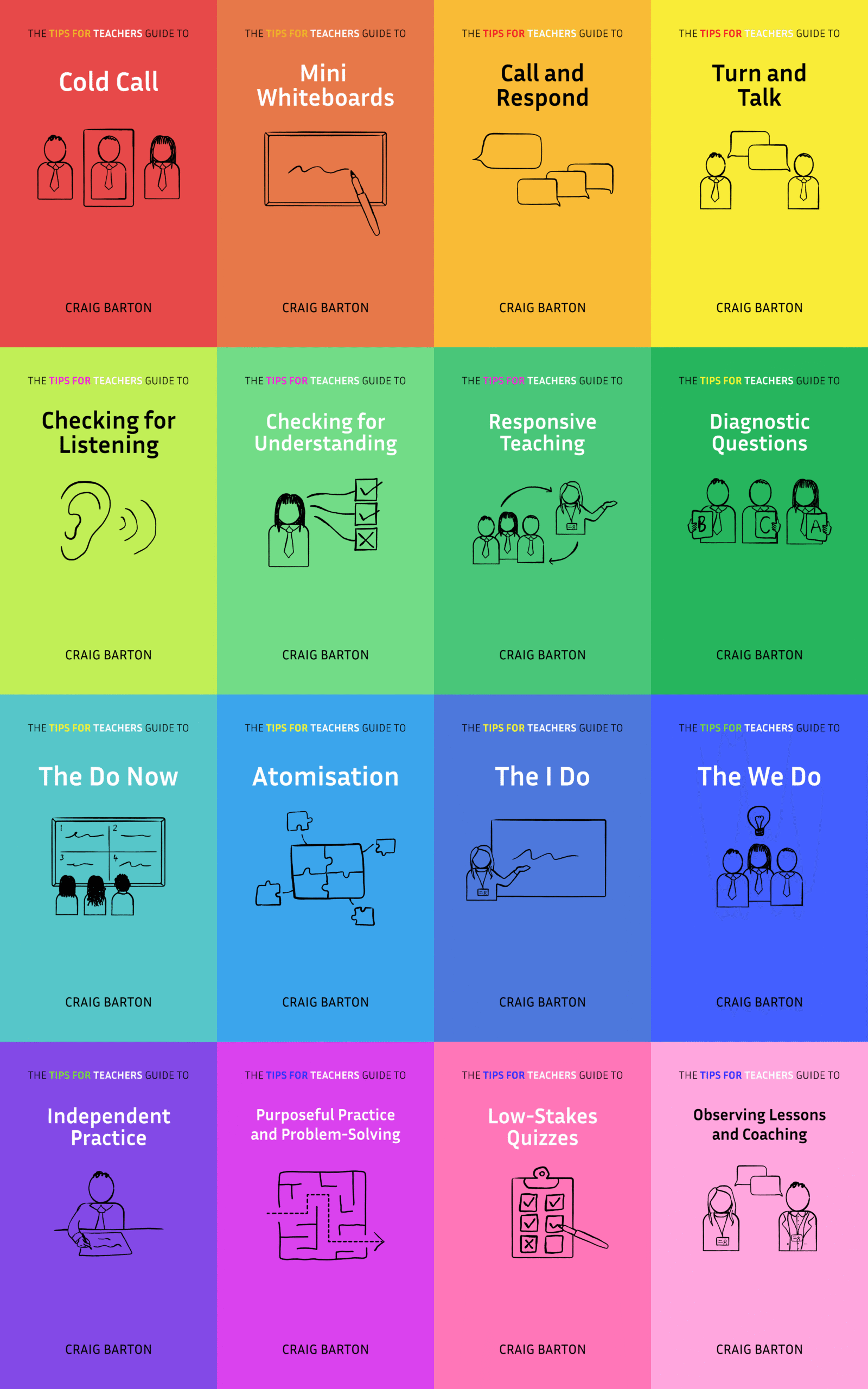
- Title: Seating arrangements that promote positive academic and behavioural outcomes
- Authors: Wannarka and Ruhl
- Access the original paper here
- Listen to a deep-dive podcast:
Paper summary
This study examines the relationship between classroom seating arrangements and student behavior, specifically focusing on whether rows or groups of desks are more effective for promoting positive academic and behavioral outcomes. The authors analyze eight previous studies, finding that students exhibit more on-task behavior and less disruptive behavior when seated in rows during individual tasks, particularly students who are identified as being more disruptive. However, the study also acknowledges that group seating arrangements can be more beneficial for interactive tasks that require collaboration. Overall, the authors suggest that teachers should consider the nature of the task when selecting seating arrangements, prioritizing rows for independent work and groups for collaborative tasks.
What are the key implications for teachers in the classroom?
- The nature of the task should determine the seating arrangement. Teachers aiming to maximize on-task behavior during independent work should consider rows over groups. Rows make it inconvenient for students to interact with each other and make off-task behavior more obvious to the teacher. For tasks that require interaction, such as brainstorming or discussions, seating arrangements like clusters or semi-circles are more beneficial as they promote collaboration.
- Rows are particularly effective for students who exhibit disruptive behavior. Research has consistently shown that rows are superior in minimizing disruptive behavior and maximizing on-task behavior during individual activities. The impact of rows is most significant for students with low on-task behavior.
- Seating arrangements can be a valuable tool in inclusive classrooms. In classrooms with diverse student needs, rows can help manage disruptive behavior and promote positive learning for all students. Students with learning disabilities or behavior disorders, who often exhibit disruptive behaviors like excessive talking and being out of seat, may especially benefit from a primary rows arrangement during independent tasks.
- Teachers should consider individual student characteristics when making decisions about seating arrangements. While rows are generally effective for managing behavior, the age and specific learning needs of students should be considered. Further research is needed to understand the effects of seating arrangements on students older than 15 and those with difficulties beyond behavioral issues.
- Further research is needed on the impact of seating arrangements on the quality of student work. While one study found no difference in the quality of work produced in rows versus groups, more research is needed to explore various measures of quality across different subject areas.
The sources emphasize that seating arrangement is a simple yet powerful tool that teachers can manipulate to influence student behavior and create a positive learning environment. By making informed decisions about seating arrangements based on the nature of the task and the specific needs of their students, teachers can effectively minimize disruptions, promote on-task behavior, and potentially enhance the learning experience for all.
Quote
There is no single classroom seating arrangement that promotes positive behavioural and academic outcomes for all tasks, because the available research clearly indicates that the nature (i.e., interactive versus independent) of the task should dictate the arrangement.








